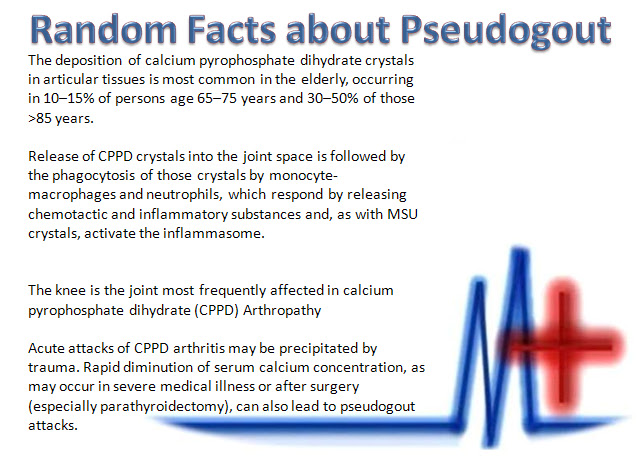********Flukes (trematodes)--> Drug of choice*************
Schistosoma haematobium(bilharziasis)
Schistosoma mansoni
Schistosoma japonicum
Clonorchis sinensis (liver fluke);opisthorchis species
Paragonimus westermani (lung fluke)
Fasciolopsis buski (large intestinal fluke)
Heterophyes heterophyes; Metagonimus yokogawai (small intestinal flukes)--- For all DOC is Praziquantel
****************************************************
********Roundworms (nematodes)--> Drug of choice********
Taenia solium,Taenia saginata--> Praziquantel
Ascaris lumbricoides (roundworm)--> Albendazole or pyrantel
pamoate or mebendazole
Trichuris trichiura (whipworm)-->Mebendazole or albendazole
Necator americanus (hookworm);
Ancylostoma duodenale (hookworm); Trichostrongylus species--->Pyrantel pamoate
Strongyloides stercoralis (threadworm);Onchocerca volvulus (onchocerciasis)--> Ivermectin
Enterobius vermicularis (pinworm)--> Mebendazole or pyrantel
pamoate
Trichinella spiralis (trichinosis)--> Mebendazole
Cutaneous larva migrans (creeping eruption)-->Albendazole or ivermectin
Visceral larva migrans; Capillaria philippinensis (intestinal
capillariasis)-->Albendazole
Angiostrongylus cantonensis -->Thiabendazole
Wuchereria bancrofti (filariasis);
Brugia malayi (filariasis); tropical
eosinophilia; Loa loa (loiasis)--->Diethylcarbamazine
Dracunculus medinensis (guinea worm)-->Metronidazole
Schistosoma haematobium(bilharziasis)
Schistosoma mansoni
Schistosoma japonicum
Clonorchis sinensis (liver fluke);opisthorchis species
Paragonimus westermani (lung fluke)
Fasciolopsis buski (large intestinal fluke)
Heterophyes heterophyes; Metagonimus yokogawai (small intestinal flukes)--- For all DOC is Praziquantel
****************************************************
********Roundworms (nematodes)--> Drug of choice********
Taenia solium,Taenia saginata--> Praziquantel
Ascaris lumbricoides (roundworm)--> Albendazole or pyrantel
pamoate or mebendazole
Trichuris trichiura (whipworm)-->Mebendazole or albendazole
Necator americanus (hookworm);
Ancylostoma duodenale (hookworm); Trichostrongylus species--->Pyrantel pamoate
Strongyloides stercoralis (threadworm);Onchocerca volvulus (onchocerciasis)--> Ivermectin
Enterobius vermicularis (pinworm)--> Mebendazole or pyrantel
pamoate
Trichinella spiralis (trichinosis)--> Mebendazole
Cutaneous larva migrans (creeping eruption)-->Albendazole or ivermectin
Visceral larva migrans; Capillaria philippinensis (intestinal
capillariasis)-->Albendazole
Angiostrongylus cantonensis -->Thiabendazole
Wuchereria bancrofti (filariasis);
Brugia malayi (filariasis); tropical
eosinophilia; Loa loa (loiasis)--->Diethylcarbamazine
Dracunculus medinensis (guinea worm)-->Metronidazole










































